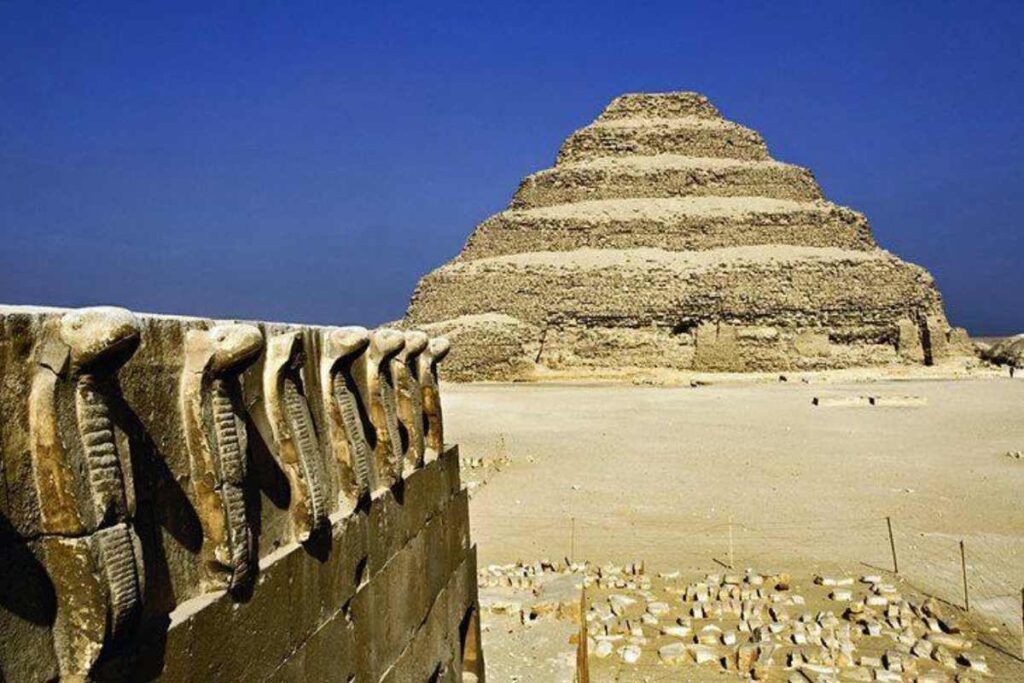The Hebrew Bible contains a reference to an enigmatic Assyrian military base, which was annihilated by the so-called ‘Angel of the Lord’ in 701 BC. This event is recorded in 2 Kings 18:13-19 and Isaiah 36:1-37:38.

The exact location of this camp has remained ambiguous for many centuries with some people referring to it as a mythological camp. However, recent discoveries may have cast the light on the real truth.
The Campaign of Sennacherib
In 701 BCE, Sennacherib began a campaign against Judah to capture Jerusalem. The Assyrian military force included thousands of soldiers and state-of-the-art battering rams.

Jews were outnumbered and out-powered by the other nations despite being led by King Hezekiah.
The “Angel of the Lord” Intervenes
The Hebrew Bible states that the Assyrians got to Lachish which is situated close to the contemporary Israeli town of Kfar Etzion.

But before they could take the city, an “Angel of the Lord” appeared and slaughtered 185000 Assyrian soldiers during the night. The next morning Sennacherib’s army was destroyed and he returned to Nineveh.
The Search for the Lost Camp
Many scholars have looked for the location of this Assyrian camp without success. Some consider it a purely legendary city designed to demonstrate the ability of the god to subjugate the Assyrians. However, discoveries could alter this point of view.
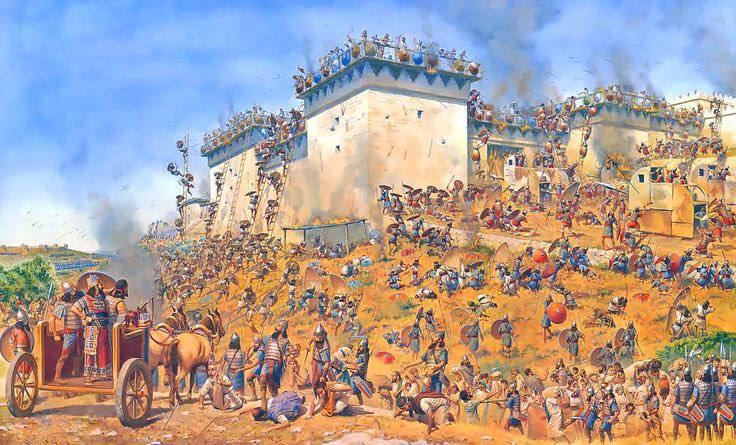
Currently, Near Eastern Archaeology specialist Stephen Compton thinks he may have finally discovered the locations of two distinct sites from thousands of years ago.
ALSO READ: Ancient Mysteries About Egypt’s Great Pyramid of Giza
Excavations at Kfar Etzion
Over the past few years, archaeologists have been exploring the area at Kfar Etzion near Lachish.
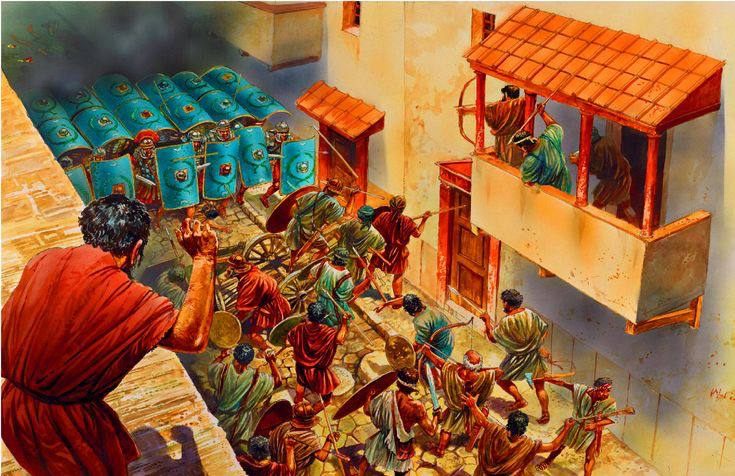
This site has produced several artifacts such as pottery fragments and building structures. Is it possible that this was the location of the lost Assyrian camp?
Finding Lachish Camp
Compton started by examining a historic relief that describes the historical siege of Lachish. The British Museum in London is home to this relief.
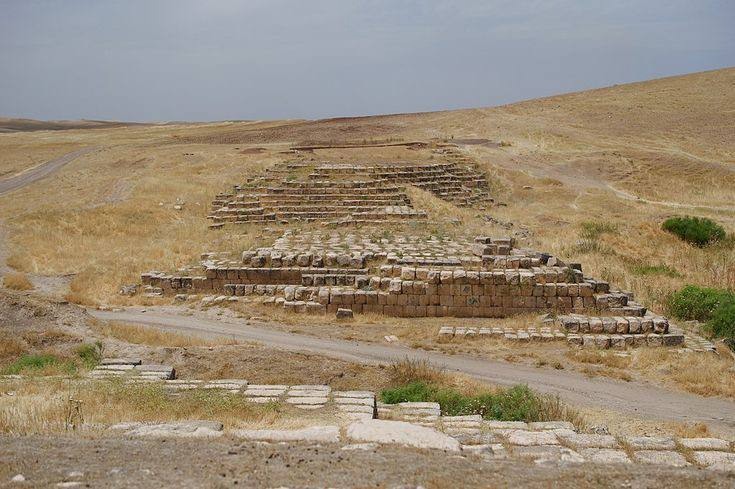
Compton focused particularly on the relief’s portrayal of the Assyrian military camp before drawing comparisons between it and images of Lachish from the middle of the 20th century.
POLL—Should the U.S. Government Create a Path to Citizenship for Undocumented Immigrants?
Oval-Structured Building
After examining the relief and these earlier images, Compton said he thought the military camp was located north of Lachish.
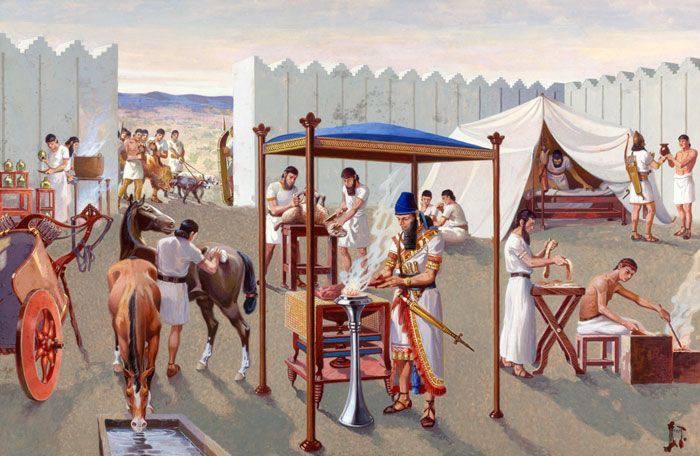
This is where an oval-shaped building with walls is visible. Many of the Assyrian military sites from antiquity were oval, according to Compton.
Pottery Discovery
Compton highlights, above all, the discovery during an early 20th-century archaeological investigation of pottery shard remnants that appear to date from the same approximate period when Sennacherib established a camp during his siege of Lachish.
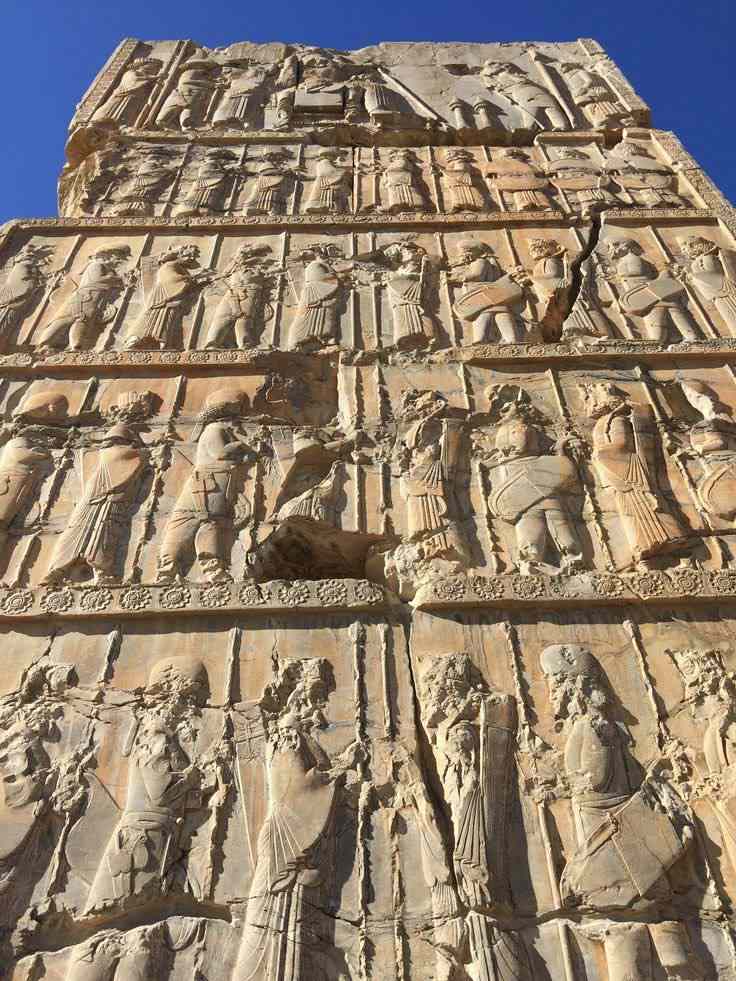
The pottery discovered at this location is similar in style to that of pottery from 700 B.C. Future archaeology in the region, however, might uncover further ceramics that would bolster Compton’s theory even more.
History of a Mound
There is one of the mounds that have attracted the attention of archaeologists. Called Mound 50, it is located on a hill on the outskirts of the ancient city of Lachish.
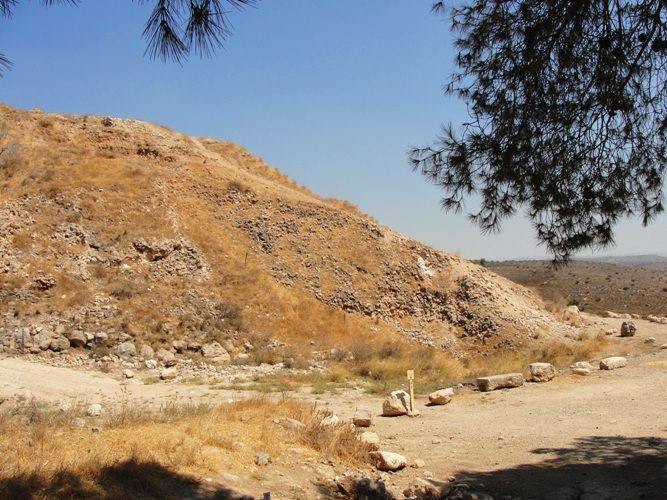
The first discoveries indicated the presence of a huge building with walls constructed out of mud bricks and stones.
WATCH: Massive Oil Discovery in Antarctica Raises Concern
Ancient Jerusalem Camp
Although Compton is confident in his discovery of the Lachish camp, he is equally interested in locating the potential location of Assyria’s ancient Jerusalem camp.
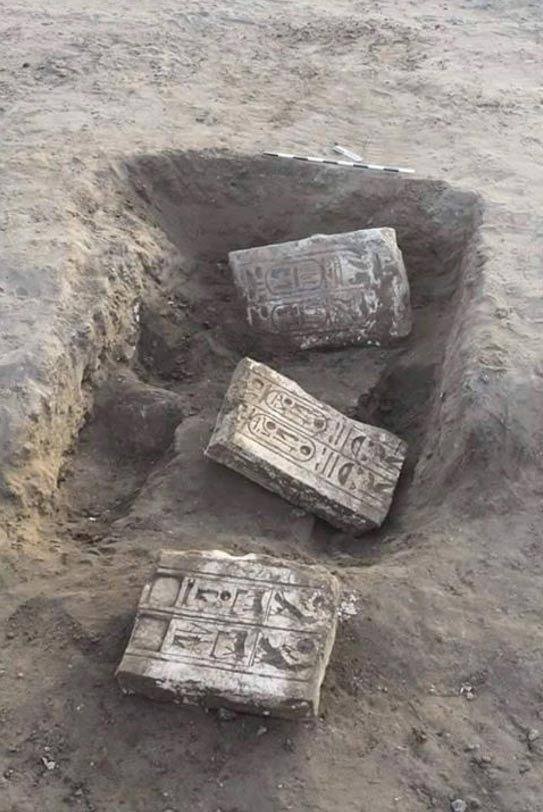
Compton cited research conducted in the 1880s by the Palestine Exploration Fund (PEF), which found walls at a location known as Jebel el Mudawwara, north of the Temple Mount.
The Connection to Sennacherib
There is detailed information about Sennacherib’s campaign against Judah in the annals of Sennacherib.
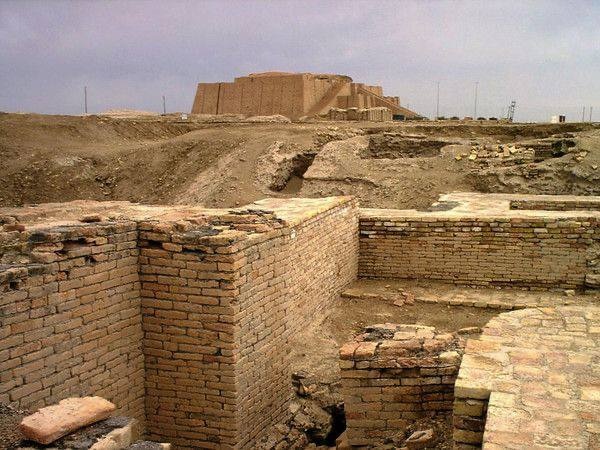
In one passage, he talks of a battle at Lachish and says that he overcame the forces of King Hezekiah. Is it possible that Mound 50 could have been the location of this battle?
Further Investigation Needed
Further research is required to determine whether or not Mound 50 is the lost Assyrian camp. It means that archaeologists will have to carry out more digging and analysis of the territory to get more materials.
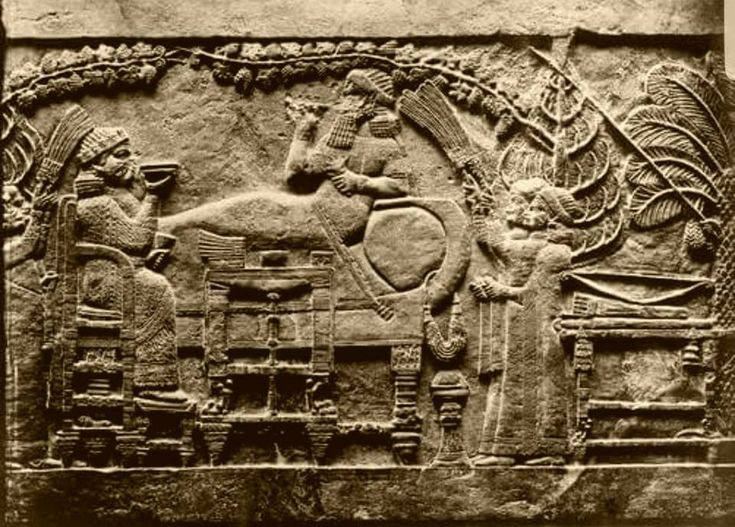
The discovery of this camp would also give an understanding of how the early nations and communities fought their wars. Historians could learn about the strategic design and arrangement of the camp and how armies functioned in the old days.
Testament to God’s Power
Whether Mound 50 is the true location of the lost camp or not, the story of Sennacherib’s defeat becomes a testimony of the Lord and his intervention. That is why, the “Angel of the Lord” may have been instrumental in the deliverance of Jerusalem from the clutches of the Assyrians.
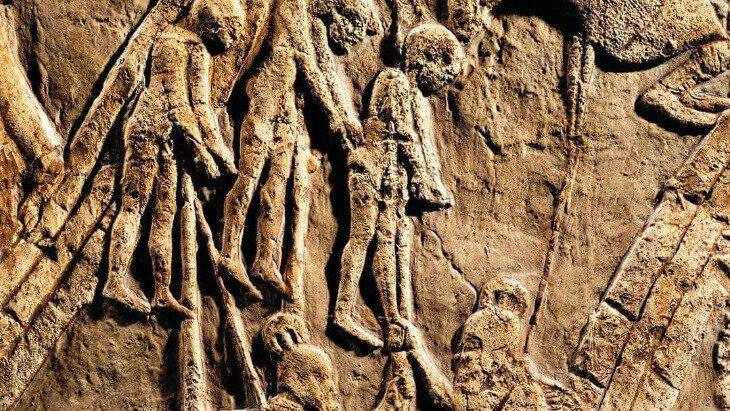
The location of the lost camp of the Assyrian army has been a mystery for centuries. Although further archaeology is required to verify the location of Mound 50, these recent findings suggest that we may learn the truth behind this mysterious episode in biblical history.
You Might Also Like:
New Study Blames Climate Change for the Current Heat Wave
Jake Paul Might Face Another Major Opponent After Canceling Mike Tyson Fight
New Poll Shows Biden Ahead of Trump With a Two-Point Lead
Katy Perry “Fixes” Chiefs’ Kicker Harrison Butker’s Controversial Commencement Speech
How Juneteenth Is Helping Families Reclaim Lost Histories

